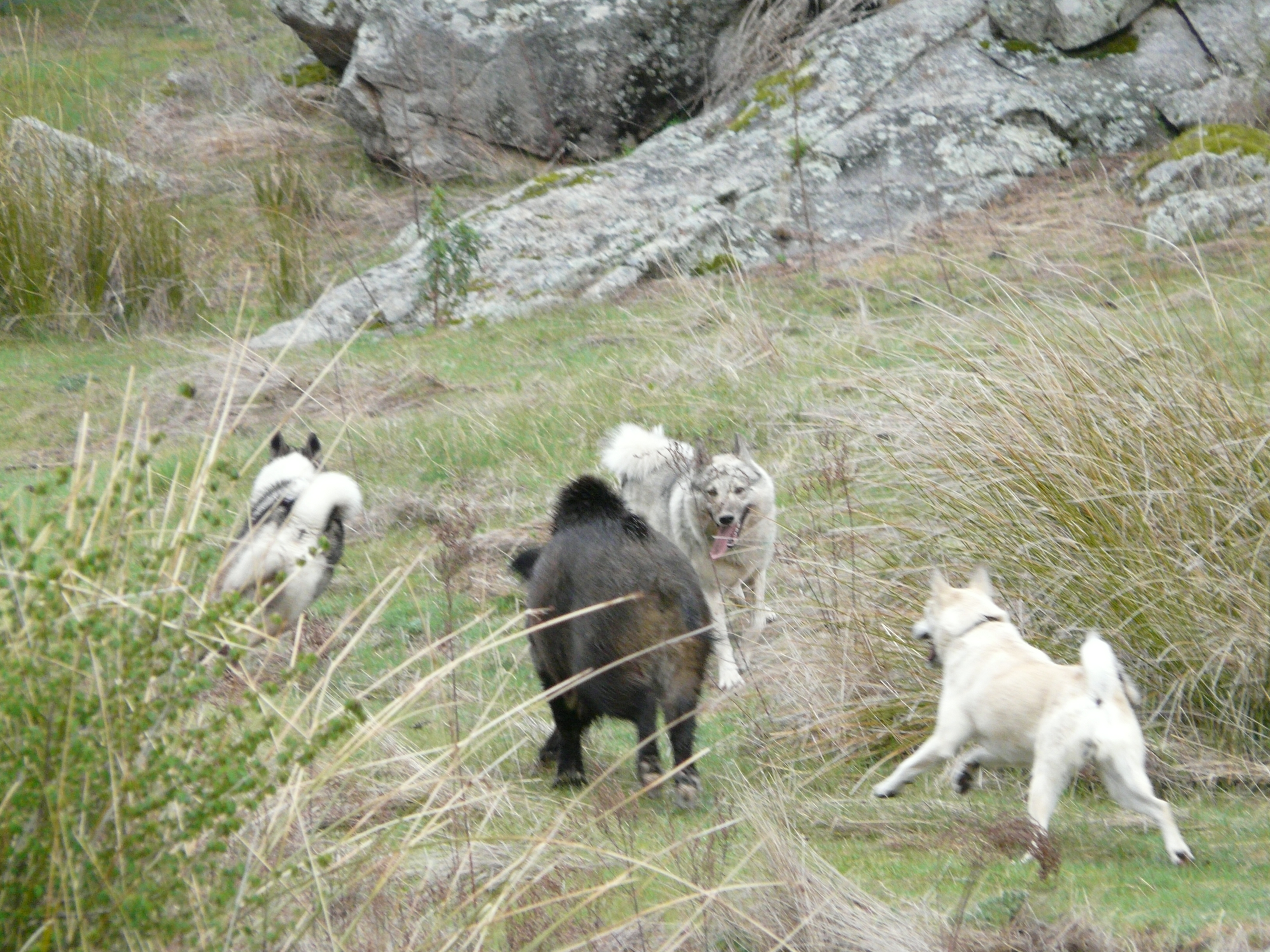
Initially "nothing seemed to be going wrong," Kotovskaya said. The Sputnik satellite carrying Laika blasted off on a rocket at 5.30 am Moscow time from Kazakhstan, where the Soviet Union would later base its Baikonur cosmodrome. On the eve of Laika's mission, the scientist went in to say goodbye to the dog and give her a final caress, she said. 'Overheating and exhaustion' - "Of course we knew she was destined to die on the flight, since there was no way to get her back - this wasn't possible at the time," said Kotovskaya. She was chosen out of five or six candidates for her resourceful yet docile nature and slightly quizzical expression. Laika's name derives from the Russian word for "bark". "And (we chose) strays because they are more resourceful and less demanding." For publicity reasons, the dogs also had to be photogenic and they were given memorable names. "We chose bitches because they don't have to raise a leg to urinate which means they need less space than the males," Kotovskaya said. Like all the other candidates for space, she was a female stray found on a Moscow street. Laika was a mongrel dog aged around three who weighed six kilograms (13 pounds). The canine candidates spent time in a centrifuge, that simulates the gruelling G-forces created when a rocket blasts off, as well as being exposed to similar noise levels. To get dogs accustomed to the idea of space travel inside a pressurised capsule just 80 centimetres (31 inches) long, Kotovskaya gradually moved them into smaller and smaller cages. The institute specialises in space science and simulated a flight to Mars in 2010 by making volunteers spend 520 days in isolation. Kotovskaya recalls that before Laika, several dogs had been blasted up into suborbital space for brief periods of a few minutes "to check that it was possible to survive in weightlessness." "Now it was time to send one into space," says Kotovskaya, who turned 90 in October but still heads a laboratory at Moscow's Institute of Biomedical Problems. In a well-timed propaganda effort, it fell just before the 40th anniversary of the Bolshevik Revolution on November 7. For Soviet leader Nikita Khrushchev, Laika's voyage was yet another space feat to discomfit the Americans. "Those nine orbits of Earth made Laika the world's first cosmonaut - sacrificed for the sake of the success of future space missions," says Kotovskaya, who remains proud of her pioneering work as a scientist training Laika and other early space animals. But things did not go exactly to plan and the dog was only able to survive for a few hours, flying around the Earth nine times. It followed the first ever Sputnik satellite launch earlier that year. The Soviet Union sent Laika up to spacein a satellite on Novem- sixty years ago.

The former street dog was about to make history as the first living creature to orbit the earth, blasting off on a one-way journey. "I asked her to forgive us and I even cried as I stroked her for the last time," says 90-year-old Russian biologist Adilya Kotovskaya, recalling the day she bid farewell to her charge Laika.


 0 kommentar(er)
0 kommentar(er)
